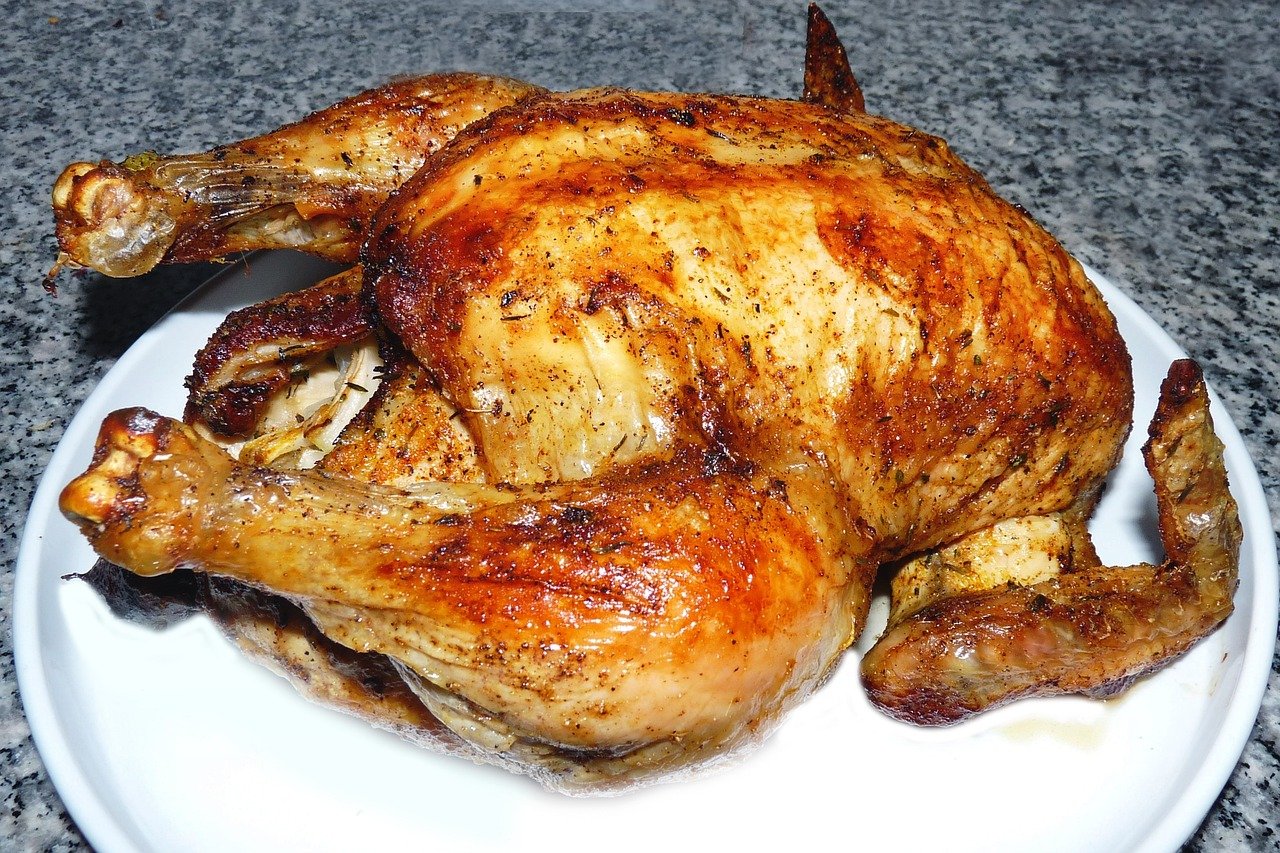How Do I Start a Calisthenics Workout Routine for Beginner
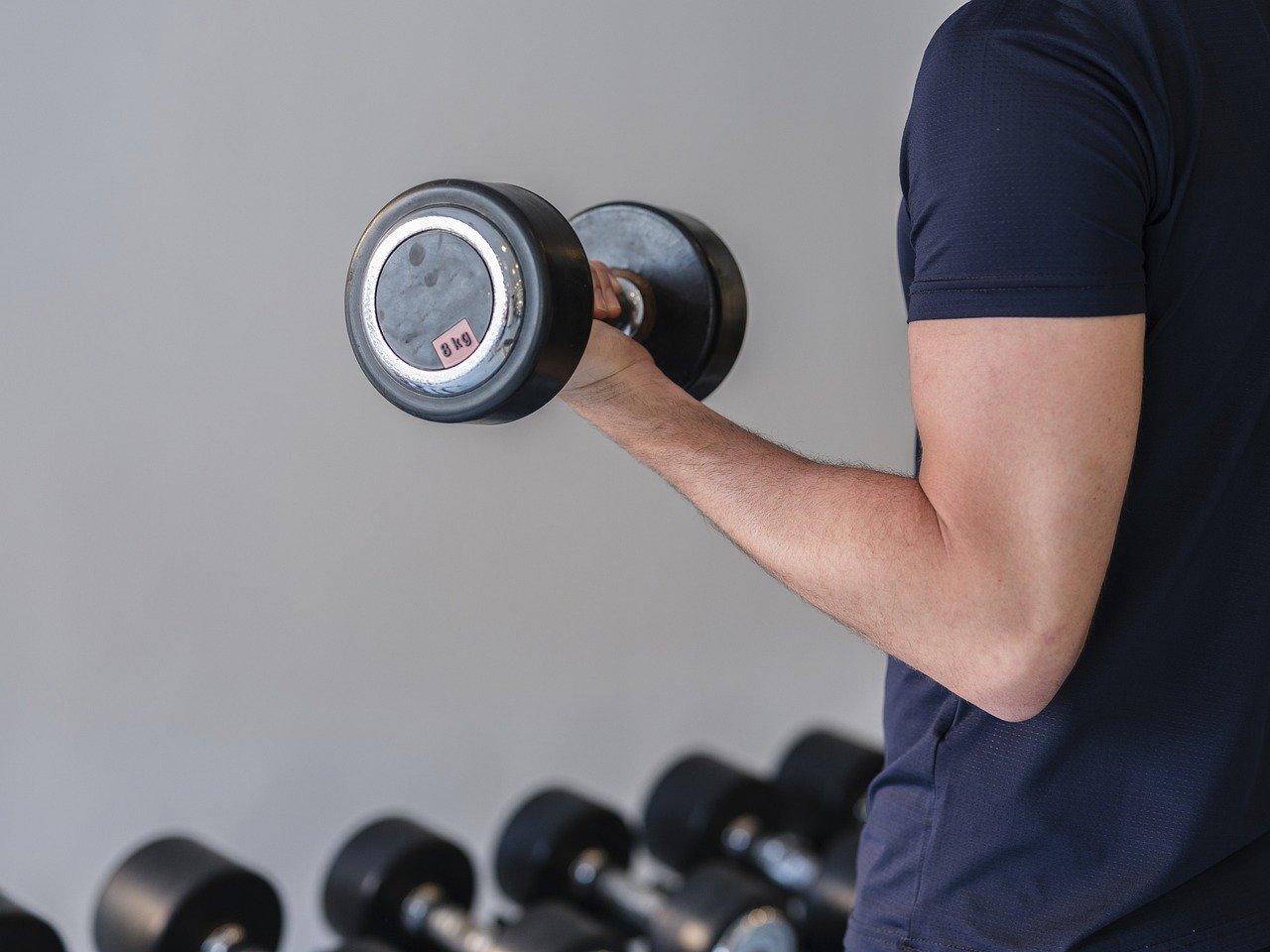
Calisthenics, a form of exercise consisting of various movements that exercise large muscle groups, provides the foundation for a robust and dynamic fitness regimen. As you embark on this fitness journey, it is essential to have a well-structured plan that caters to your current fitness level while setting you up for progressive improvement. This comprehensive guide will walk you through the essential steps and exercises to kickstart your calisthenics routine effectively.
Understanding the Basics of Calisthenics
Calisthenics involves exercises that rely on the individual’s body weight for resistance. This form of exercise is beneficial for building functional strength, improving flexibility, and enhancing cardiovascular health. Before diving into specific exercises, it’s crucial to grasp the fundamental principles of calisthenics.
Benefits of Calisthenics
- Accessibility: Requires minimal equipment, making it possible to exercise anywhere.
- Functional Strength: Develops muscles used in everyday activities.
- Flexibility and Balance: Enhances range of motion and body control.
- Cardiovascular Health: Improves heart and lung function.
Setting Your Goals and Expectations
Determine what you want to achieve with calisthenics, whether it’s building muscle, increasing endurance, or improving flexibility. Having clear, measurable goals will help you stay motivated and track your progress.
Assessing Your Fitness Level
To create an effective calisthenics routine, assess your current fitness level. This assessment will help tailor exercises to your abilities and prevent injury. Key areas to evaluate include:
- Strength: Test your ability to perform basic exercises like push-ups, squats, and pull-ups.
- Flexibility: Assess your range of motion in major joints.
- Endurance: Evaluate how long you can sustain moderate exercise.
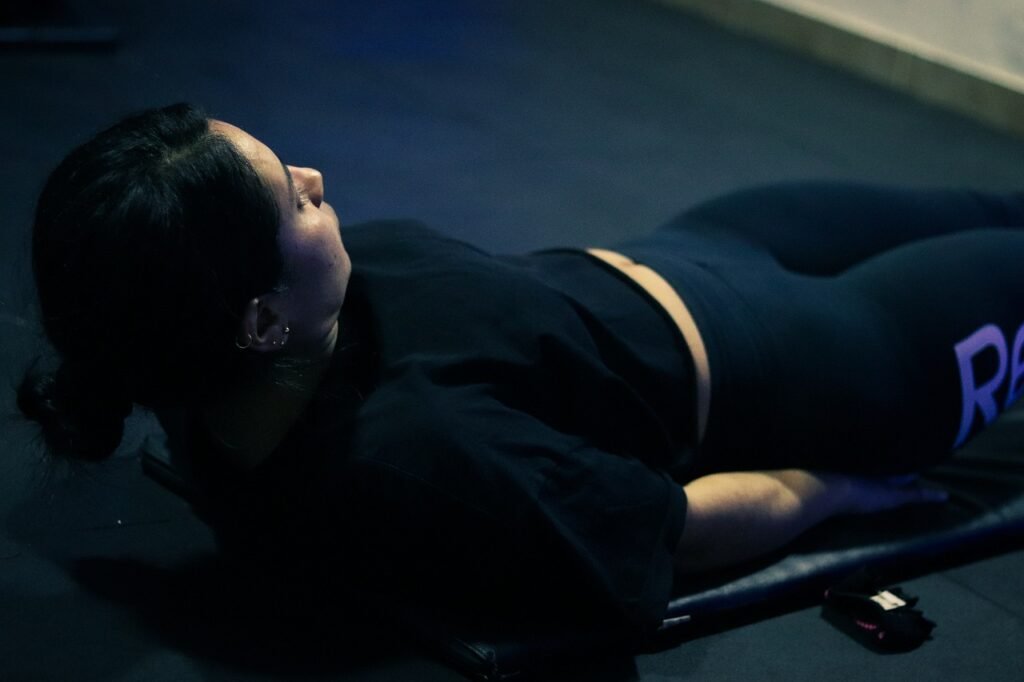
Creating a Calisthenics Workout Plan
A well-rounded calisthenics routine should include exercises targeting all major muscle groups. Incorporate a mix of pushing, pulling, and leg exercises, along with core strengthening movements.
Warm-Up Routine
Warming up is Spend 5-10 minutes performing light cardio and dynamic stretches. A good warm-up might include:
- Jumping Jacks: 2 minutes
- Arm Circles: 1 minute forward, 1 minute backward
- Leg Swings: 1 minute per leg
- Torso Twists: 2 minutes
Beginner Calisthenics Exercises
Push-Ups
Muscles Worked: Chest, shoulders, triceps, core
How to Perform:
- Push back up to the starting position.
- Aim for 3 sets of 8-10 repetitions.
Bodyweight Squats
Muscles Worked: Quads, hamstrings, glutes, core
How to Perform:
- Stand with your feet shoulder-width apart.
- Return to the starting position.
- Aim for 3 sets of 10-15 repetitions.
Pull-Ups
Muscles Worked: Back, biceps, shoulders
How to Perform:
- Lower yourself back to the starting position.
- Aim for 3 sets of 5-8 repetitions. Use a resistance band if needed.
Plank
Muscles Worked: Core, shoulders
How to Perform:
- Hold for 30-60 seconds.
- Repeat for 3 sets.
Leg Raises
Muscles Worked: Lower abs, hip flexors
How to Perform:
- Aim for 3 sets of 10-15 repetitions.
Cool-Down Routine
Cooling down Spend 5-10 minutes performing static stretches focusing on the muscles worked. Include stretches for:
- Hamstrings
- Quadriceps
- Chest
- Shoulders
- Back
Progression and Increasing Difficulty
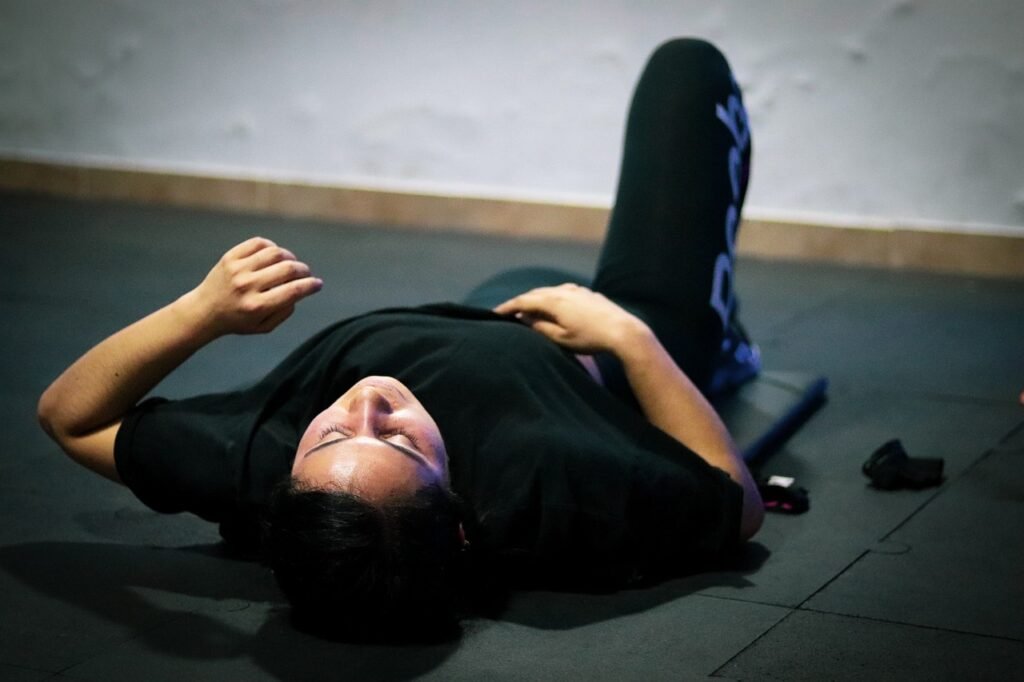
As you become more comfortable with the basic exercises, it’s important to gradually increase the difficulty to continue making progress. Here are some tips for progressing your calisthenics routine:
Increase Repetitions and Sets
For example, if you started with 3 sets of 10 push-ups, aim for 3 sets of 15 push-ups as you get stronger.
Advanced Variations
Incorporate more challenging variations of the basic exercises. Some examples include:
- Diamond Push-Ups: Narrow hand placement to target triceps more intensely.
- Pistol Squats: Single-leg squats for increased leg strength and balance.
- Muscle-Ups: A combination of a pull-up and a dip, requiring explosive strength.
Add Weighted Exercises
Once you’re comfortable with bodyweight exercises, consider adding external weights, such as weighted vests or ankle weights, to increase the resistance and challenge your muscles further.
Consistency and Patience
Building strength and endurance through calisthenics takes time and dedication. Consistency is key to seeing progress. Aim to perform your calisthenics routine at least 3-4 times a week. Remember to listen to your body and allow adequate rest and recovery between workouts.
Tracking Your Progress
Keep a workout journal to track your exercises, repetitions, sets, and how you feel during each session. This record will help you monitor your progress and make necessary adjustments to your routine.
Staying Motivated
Set short-term and long-term goals, reward yourself for achievements, and consider joining a community of like-minded individuals who can offer support and encouragement.
Incorporating a Balanced Diet
To support your calisthenics routine and maximize your results, it is essential to follow a balanced diet. Proper nutrition will fuel your workouts, aid recovery, and help build muscle.
Macronutrients: Protein, Carbohydrates, and Fats
Protein: Essential for muscle repair and growth.
Carbohydrates: Provide energy for your workouts.
Fats: Necessary for hormone production and overall health. Include healthy fats from sources like avocados, nuts, seeds, and olive oil.
Hydration
Staying hydrated Aim to drink at least 8-10 glasses of water daily, and increase your intake on workout days.
Meal Timing
Consider timing your meals to support your workouts. A balanced meal with protein and carbohydrates 1-2 hours before exercise can provide energy and improve performance. Post-workout, consume a meal or snack rich in protein and carbs to aid muscle recovery and replenish glycogen stores.
Rest and Recovery
Rest and recovery are equally crucial as the workouts themselves. Your muscles require time to recover and strengthen. Make sure you get enough sleep, as it is crucial for muscle repair and overall wellness. Aim for 7-9 hours of sleep each night.
Active Recovery
Incorporate active recovery days into your routine. Light activities such as walking, stretching, or yoga can help improve circulation and reduce muscle soreness without placing too much strain on your body.
Listening to Your Body
Pay attention to how your body feels. If you’re experiencing excessive soreness or fatigue, take an extra rest day.

Mental Preparation and Mindset
A positive mindset and mental preparation are key to sustaining a long-term fitness journey. Here are some tips to cultivate a strong mental approach to your calisthenics routine:
Setting Realistic Expectations
Understand that progress takes time. Celebrate small achievements and remain patient.
Staying Motivated
Find sources of motivation that resonate with you. This could be tracking your progress, joining a fitness community, or setting personal challenges. Regularly remind yourself of your goals and the reasons you started your fitness journey.
Overcoming Plateaus
It’s normal to experience plateaus in your progress. When this happens, try varying your routine, increasing intensity, or seeking advice from experienced calisthenics practitioners.
Common Mistakes to Avoid
Skipping Warm-Ups and Cool-Downs
Always include a proper warm-up before your workouts and a cool-down afterward to prevent injuries and aid recovery.
Neglecting Form
Maintaining proper form is crucial to avoid injuries and ensure you’re targeting the intended muscle groups. If you’re unsure about your form, consider seeking guidance from a trainer or using online resources.
Overtraining
While consistency is important, overtraining can lead to burnout and injuries. Ensure you allow adequate rest and recovery between intense workouts.
Additional Resources and Community Support
Connecting with a community of fellow calisthenics enthusiasts can provide support, motivation, and valuable insights. Consider joining online forums, social media groups, or local fitness clubs.
Online Resources
There are numerous online resources available for learning and improving your calisthenics skills. Websites, YouTube channels, and fitness apps offer tutorials, workout plans, and tips from experienced practitioners.
Seeking Professional Guidance
They can provide personalized workout plans and ensure you’re performing exercises correctly.
Embracing the Journey
Starting a calisthenics workout routine as a beginner is a journey of self-improvement and physical transformation. With dedication, consistency, and the right mindset, you’ll build a strong, flexible, and resilient body capable of performing incredible feats of strength.

Advanced Calisthenics Exercises for Future Progression
As you become more proficient with basic calisthenics exercises, it’s essential to challenge yourself with advanced movements to continue building strength and agility. Here are some advanced exercises to incorporate into your routine as you progress.
Handstand Push-Ups
Muscles Worked: Shoulders, triceps, core
How to Perform:
- Kick up into a handstand position against a wall for support.
- Aim for 3 sets of 5-8 repetitions.
Front Lever
Muscles Worked: Back, core, shoulders
How to Perform:
- Lift your body into a horizontal position, keeping your body straight and parallel to the grounds
Planche
Muscles Worked: Shoulders, chest, triceps, core
How to Perform:
- Lean forward, lifting your feet off the ground and balancing your body parallel to the ground.
One-Arm Pull-Ups
Muscles Worked: Back, biceps, shoulders
How to Perform:
- Grip a pull-up bar with one hand.
- Lower yourself back to the starting position.
- Aim for 3 sets of 3-5 repetitions. Use assistance if needed.
Human Flag
Muscles Worked: Shoulders, obliques, core
How to Perform:
- Lift your body into a horizontal position, keeping it straight and parallel to the ground.
- Aim for 3 sets of 5-10 second holds.
Injury Prevention and Safety Tips
While callisthenics is an extremely effective form of exercise, it is critical to prioritise safety to avoid injury. Here are some suggestions to bear in mind:
Proper Warm-Up and Cool-Down
Always begin your workout with a thorough warm-up and end with a cool-down. This helps prepare your muscles for the exercise and aids in recovery afterward.
Focus on Form

Maintain proper form for each exercise to avoid unnecessary strain on your joints and muscles. If you’re unsure about your technique, consider seeking guidance from a knowledgeable trainer or utilizing instructional videos.
Listen to Your Body
If you experience sharp pain or prolonged soreness, take a break and allow your body to recover.
Gradual Progression
Increase the intensity and difficulty of your exercises gradually. Avoid making sudden jumps in difficulty to prevent overloading your muscles and joints.
Tracking and Celebrating Your Progress
Here are some ways to track and celebrate your achievements:
Keep a Workout Journal
This will help you track your progress and make necessary adjustments to your routine.
Set Milestones
Set short-term and long-term milestones to work towards. Celebrate each milestone you achieve, no matter how small, to keep your motivation high.
Take Progress Photos
Take photos of yourself at regular intervals to visually track your progress. Seeing the changes in your physique over time can be incredibly motivating.
Join a Community
Engage with other calisthenics enthusiasts, either online or in-person. Sharing your journey and learning from others can provide valuable insights and encouragement.
Incorporating Flexibility and Mobility Training
While strength and endurance are core components of calisthenics, flexibility and mobility are equally important. They enhance your performance, reduce the risk of injury, and improve your overall physical well-being. Incorporate the following flexibility and mobility exercises into your routine.
Dynamic Stretches
Dynamic stretches are best performed before your workout to prepare your muscles and joints.
Leg Swings
How to Perform:
- Stand next to a wall or support.
- Perform 10-15 swings per leg.
Arm Circles
How to Perform:
- Extend your arms out to the sides.
- Perform 20-30 circles in each direction.
Static Stretches
Static stretches involve holding a position for a period of time to elongate the muscle. These are best performed after your workout to aid in recovery.
Hamstring Stretch
How to Perform:
- Hold the stretch for 20-30 seconds.
- Repeat on the other leg.
Chest Stretch

How to Perform:
- Hold for 20-30 seconds.
Mobility Exercises
Mobility exercises improve the range of motion in your joints, which is crucial for performing calisthenics exercises with proper form.
Hip Circles
How to Perform:
- Stand with your feet shoulder-width apart.
- Place your hands on your hips and make circles with your hips.
- Perform 10-15 circles in each direction.
Spinal Twists
How to Perform:
- Sit on the ground with your legs extended.
- Cross one leg over the other and place your opposite elbow on the outside of the crossed leg.
- Twist your torso towards the crossed leg.
Mental Health and Well-Being
Physical fitness and mental health are deeply interconnected. Engaging in regular calisthenics can have a positive impact on your mental well-being. Here are some ways to support your mental health along your fitness journey.
Mindfulness and Meditation
Incorporate mindfulness and meditation practices to enhance your mental clarity and reduce stress.
Setting Achievable Goals
Set realistic and achievable goals to keep yourself motivated and avoid feeling overwhelmed.
Connecting with Others
Build a support network by connecting with others who share your fitness interests. Whether it’s a workout buddy, an online community, or a fitness class, having social support can provide encouragement and accountability.
Adapting to Different Environments
One of the great advantages of calisthenics is its versatility and minimal equipment requirement, allowing you to adapt your workout to various environments.
Home Workouts
Create a dedicated workout space at home with basic equipment like a pull-up bar, resistance bands, and a mat. Follow online tutorials or use fitness apps to guide your home workouts.

Outdoor Workouts
Take advantage of parks and outdoor spaces to perform your calisthenics routine. Use playground equipment or park benches for exercises like pull-ups and dips. Enjoying nature can also enhance your mental well-being.
Travel Workouts
When traveling, maintain your fitness routine by performing bodyweight exercises that require no equipment. Exercises like push-ups, squats, and planks can be done in a hotel room or outdoor space.
Long-Term Commitment and Lifestyle Integration
To achieve lasting results, integrate calisthenics into your lifestyle rather than viewing it as a temporary program.
Creating a Sustainable Routine
Develop a workout schedule that fits your lifestyle and is sustainable in the long term. Aim for consistency rather than intensity, focusing on making exercise a regular part of your daily routine.
Continuous Learning and Adaptation
Stay informed about new calisthenics techniques and trends. Continuously adapt and evolve your routine to keep it challenging and engaging. Attend workshops, watch tutorials, and seek advice from experienced practitioners.
Balancing Fitness with Other Life Priorities
Maintain a balance between your fitness goals and other life priorities. Ensure that your exercise routine complements your overall lifestyle, including work, family, and social commitments.
Frequently Asked Questions (FAQs)
1. What is calisthenics?
Calisthenics involves a variety of movements such as pushing, pulling, and jumping to improve strength, flexibility, and endurance.
2. Is calisthenics suitable for beginners?
Yes, calisthenics is highly adaptable and suitable for beginners. Starting with basic exercises like push-ups, squats, and planks can help build foundational strength.
3. Do I need any equipment to start calisthenics?
Minimal equipment is needed to start calisthenics. Basic items such as a pull-up bar and resistance bands can enhance your workouts. However, many exercises can be performed using just your body weight and common household items.
4. How often should I do calisthenics as a beginner?
Aim to perform your calisthenics routine at least 3-4 times a week. This frequency allows adequate time for recovery and muscle growth. Ensure you also incorporate rest days to prevent overtraining.
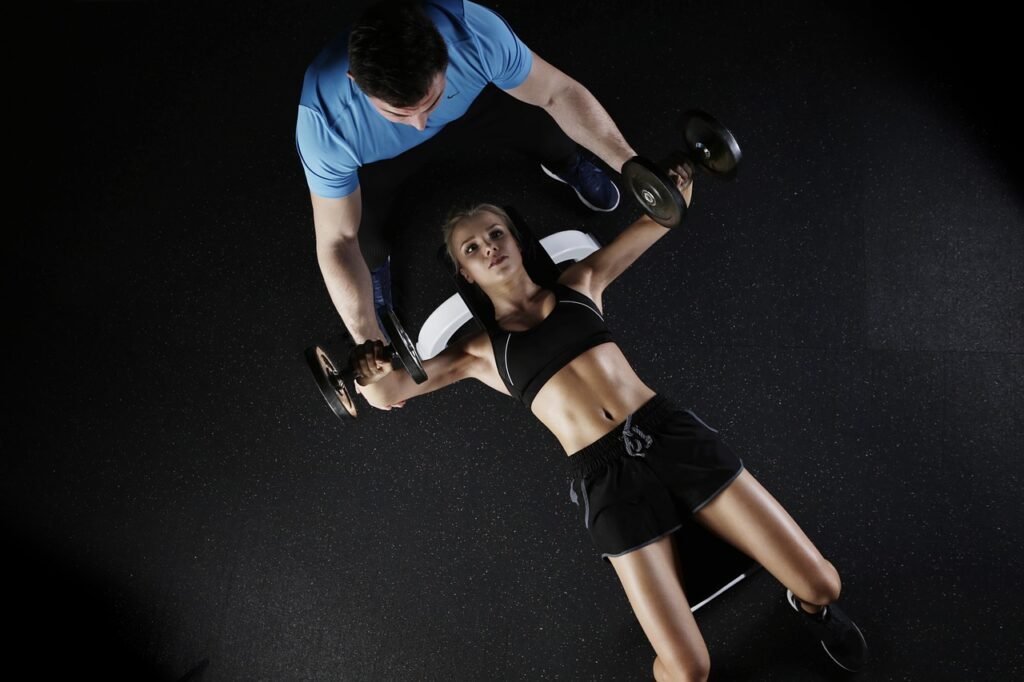
5. How long should each workout session be?
Beginner workout sessions should last between 30-45 minutes. As you progress and increase the intensity of your exercises, you can extend your sessions to 60 minutes or more.
6. How can I improve my flexibility and mobility with calisthenics?
Include mobility exercises such as hip circles and spinal twists to enhance your range of motion and prevent injuries.
7. What should I eat to support my calisthenics routine?
Follow a balanced diet rich in protein, carbohydrates, and healthy fats. Protein sources such as lean meats, fish, eggs, and legumes aid in muscle repair and growth.
8. Can I do calisthenics if I have joint issues?
If you have joint issues, it’s important to consult with a healthcare professional before starting any exercise routine. Focus on low-impact exercises and maintain proper form to avoid aggravating your joints.
9. How do I stay motivated on my calisthenics journey?
Join a community of like-minded individuals for support and encouragement. Incorporate variety into your workouts to keep them engaging and challenging.
10. What are some common mistakes to avoid in calisthenics?
Common mistakes include skipping warm-ups and cool-downs, neglecting proper form, and overtraining. Ensure you warm up before workouts, cool down afterward, and maintain correct form to prevent injuries.
11. How can I progress to advanced calisthenics exercises?
Gradually increase the difficulty of your exercises by increasing repetitions and sets, incorporating advanced variations, and adding weighted exercises. Aim to master the basics before moving on to more complex movements like handstand push-ups and muscle-ups.
12. Is calisthenics effective for weight loss?
Yes, calisthenics can be effective for weight loss when combined with a balanced diet and consistent exercise routine. The high-intensity nature of many calisthenics exercises can help burn calories and improve overall fitness.
13. Can I combine calisthenics with other forms of exercise?
Absolutely. Calisthenics can complement other forms of exercise such as weightlifting, running, or yoga. Combining different types of exercise can provide a well-rounded fitness routine and prevent monotony.
14. How do I prevent injuries during calisthenics workouts?
Prevent injuries by performing a proper warm-up, maintaining good form, and gradually progressing the intensity of your exercises. If you’re unsure about your technique, seek guidance from a professional.

15. How long does it take to see results from calisthenics?
The time it takes to see results varies depending on factors such as your starting fitness level, consistency, and diet. Consistency and dedication are key to achieving long-term results.
Home Workout Without Equipment – Effective & Simple Routines for All Fitness Levels [2024]
How Does Exercise Improve Mental Health?




